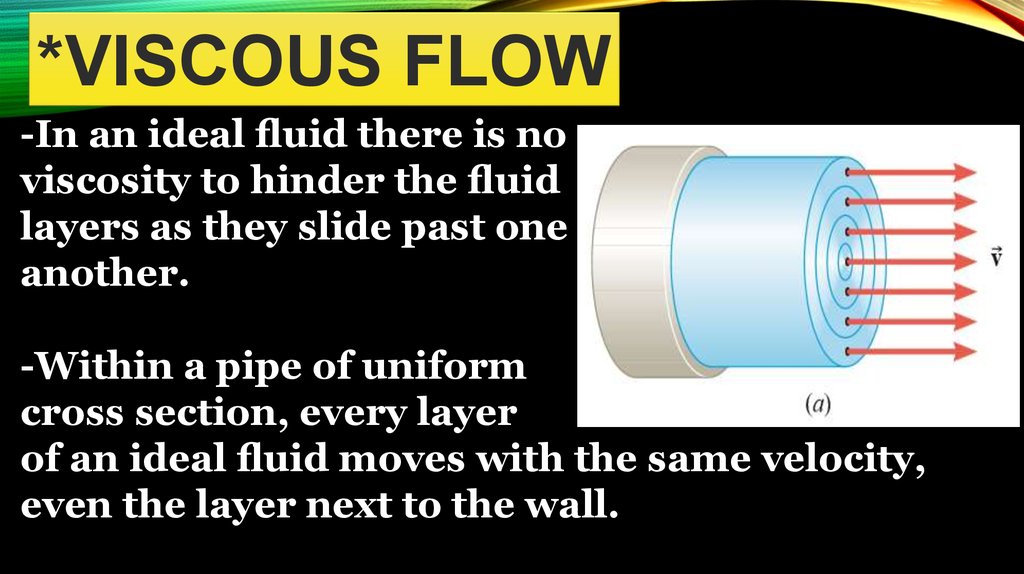

If you remember from the chart above, it’s the highest centipoise rating available. There may still be a quiz forthcoming… so remember, peanut butter encompasses a 250,000cp rating. Now if anyone asks you what, “What is viscosity?” you will know what to say and can even tell them about the centipoise rating of something like peanut butter. This speeds up the filling because it flows better and it fills fasters. This is why when filling a liquid that has a high viscosity rating, it is heated before being filled. When the temperature of the fluid goes down, the viscosity of fluid goes up.Ī good example of this would be honey and maple syrup which would become less viscous if you heated them up. Typically if the temperature of a fluid goes up, the viscosity of a fluid goes down. Temperature can change the viscosity of a liquid. The falling-ball viscometer is another type which works on the measuring principle we described above. This includes falling-piston, oscillating-piston, vibrational, rotational, electromagnetically spinning-sphere, bubble, and rectangular-slit. There are several types of viscometers which are used to determine different types of viscosities. You can purchase a precise measuring device called a viscometer, which measures the force necessary to move through a liquid. This is a simple way to get a viscosity measurement and something you can do at home. The slower the ball drops, the higher the centipoise rating. The faster the ball drops, the lower the viscosity rating. You fill the fluid into the tube, drop the ball into the tube, and you measure the time it takes for the ball to drop to the bottom of the tube. All you need is a glass or plastic tube, steel or marble balls, a stopwatch, and a liquid. The process and tools you need are fairly basic. To get a general viscosity rating of a liquid, you can use a simple measuring technique. Now you know the centipoise rating of these fluids.

Many of these products you probably use in your daily life. A rating of a higher centipoise is going to flow much slower. It is a unit of dynamic viscosity, the typical type of viscosity we think of.Ī fluid with a low centipoise will flow and move easily and fast.

What is Centipoise?Ĭentipoise (CPS) is the viscosity value that is assigned to liquids. The measurement we use to describe the viscosity of a fluid is known as centipoise. While water-like, semi-viscous, and viscous are good terms to use sometimes you need to get more specific about the viscosity of a fluid.

A liquid with high viscosity free#
Water-Thin – Considered to have free flowing characteristics, such as perfumes/colognes or obviously water.These are the three main terms used to describe the viscosity of a liquid. At high viscosities, fluids are going to flow and move much slower, a good example would be a gel, lotion, or even thicker peanut butter type consistency. A familiar example would be liquids such as water and alcohol. That is, unless a propeller is attached to propel or push the ship forward, or you could also create this same push manually with an oar.Īt low viscosities, fluids will flow with greater ease. If you set a ship in motion it would eventually come to a halt because of the viscosity of the water, which resists the flow of the boat. What causes viscosity is the cohesive forces between molecules in the fluid. If the liquid molecules are strongly attracted to the tube molecules, the liquid creeps up the inside of the tube until the weight of the liquid and the adhesive forces are in balance.What is viscosity? In simple terms, viscosity is a measure of a liquid’s resistance to flow, or the measure of internal friction.


 0 kommentar(er)
0 kommentar(er)
